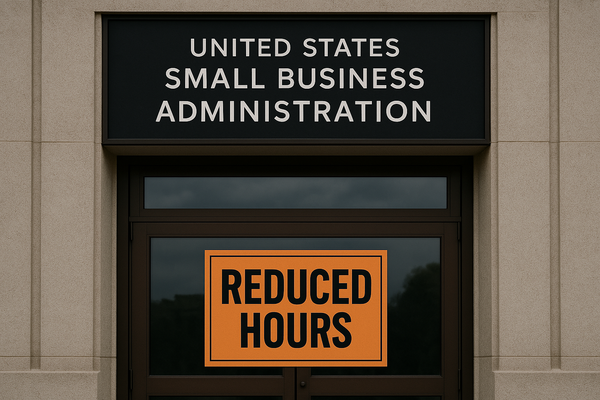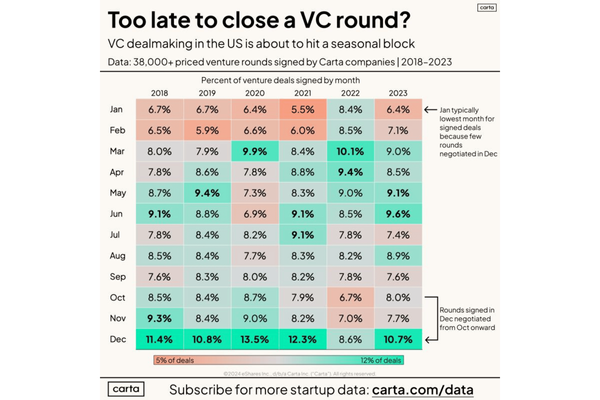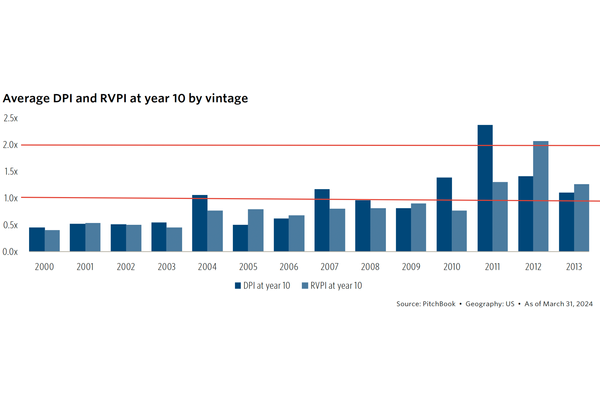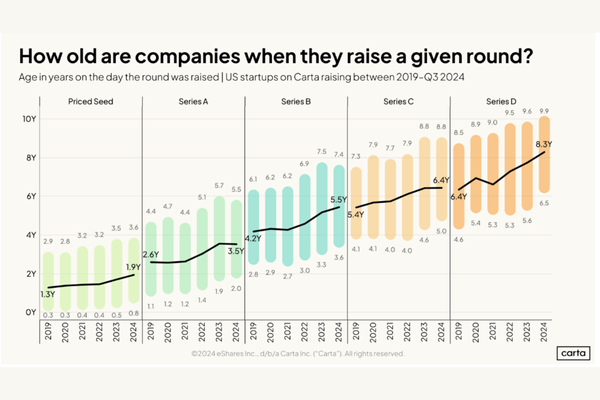The Casper IPO - Investor Leverage, The Hit To Employee Morale, and The Tough Road Ahead
I recently wrote a post about the negative impact of the Casper IPO on investor sentiment in the Direct-To-Consumer (“DTC”) space. Anytime a company in a sector goes public at a valuation that is less than half the valuation of its last round, it’s going to ripple through the rest of the ecosystem.
But there is another lesson that’s worth discussing. When I teach the concepts behind Pivot to Profitability, one point I always make is that raising money is a sales process. The better your business, the more demand there will be to fund your business, and the better the terms you will receive.
This is true whether you are trying to get a $2 million working capital line of credit from a bank, or you’re raising a $100 million Series D round of funding.
Casper provides a perfect window into this point.
Let’s break this down a little bit. First, let’s review Casper’s funding history:
- 2014: Seed and Series A – $14.7 million raised. I didn’t find the valuation of these rounds published, but the price per share of the Series A was $2.70.
- 2015: Series B – $55 million raised. Valuation of $605 million. $23.12 per share
- 2016: Series C – $170 million raised. Valuation of $920 million. $31.25 per share
- 2019: Series D – $100 million raised. Valuation of $1.1 billion. $31.25 per share. It’s worth noting that this share price is flat to the Series C.
On February 6, Casper went public. The IPO price was only $12 per share, which represents a valuation of $476 million. That’s down 57% from the $1.1 billion valuation of Casper's Series D.
Two weeks later, the stock price is down to $10.64 per share, which is a market cap of $419 million.
Now keep in mind that an IPO is not an exit for the company. It’s a funding event, similar to a fundraise. The goal is to raise working capital for the company to continue to fund its growth. Yes, early investors now have a path to liquidity, and employees now have a public market to value their options, but the goal was for Casper to raise enough money to hopefully get to profitable, scalable growth.
Casper had hoped to raise nearly $200 million in working capital from this IPO. Instead, it will end up with less than $100 million.
Here are a few takeaways to consider:
Preferred stockholders were protected.
Now I know what you’re thinking. That valuation of $476 million on the day of the IPO is lower than the valuation of Casper’s Series B from 2015. All of those Series B, Series C, and Series D investors have lost a lot of value.
Nope. These investors had negotiated terms that limited their downside in exactly this kind of situation.
The more desperate a startup is to raise funding, the more leverage investors will have to dictate terms that protect the investors in a wider range of outcomes. As Casper raised its Series B, C, and D rounds, cash burn accelerated to fuel higher top-line growth. This has been the name of the game in venture-backed DTC companies over the past several years. Profits didn't seem to matter as long as revenue growth trends were strong.
But there is a price to be paid as a startup's burn rate increases, and each fundraise becomes more urgent because the path to profitability and positive cash flow is less clear. And that gives the investors leverage to negotiate more favorable terms.
In this case, all three preferred classes of stock negotiated a provision that requires the company to issue additional common stock to make up for the difference between the IPO price and the original price per share of their original investment.
Here’s the language from the S-1:
The terms of our Series B preferred stock, Series C preferred stock and Series D preferred stock provide that the ratio at which each share of such series converts into common stock in connection with this offering will increase if the initial public offering price is below $23.1229 per share, $31.24715 per share and $31.24715 per share, respectively, which would result in additional shares of our common stock being issued upon the Preferred Conversion.
So those preferred stockholders are going to receive a lot of extra common stock to help make them whole. This creates a lot of dilution for common stockholders, and most importantly, employees holding options.
Protection for employees holding options? Not so much.
Now lets’ take a look at the position of employees holding options. Here’s a high-level view of how the employee option pool broke down at the time of the IPO.
- As of 12/2017, 2.3 million options had been granted, at an average exercise price of $6
- In 2018, Casper granted 2.5 million shares with an average exercise price of $14.20
- In 9 months ending Sept 2019, Casper granted 2.2 million shares at $18.65
Out of approximately 7 million options issued to employees, 4.7 million are underwater at the time of the IPO. 67% of all employee options are currently worthless.
And once the preferred stockholders receive their additional common stock to make up for the valuation hit in the IPO, all employee options, even those that are still in the money, will be worth less.
The reason many employees join a company like Casper, particularly as the company gets closer to the mythical Unicorn status, is because they hope for a large windfall from their equity when the company goes public.
Casper now has to do the hard work of trying to build a profitable, sustainable business, with many employees' dreams of stock riches lying tattered on the floor. That’s a huge morale hit, and it will be a real drag on the ability to hire great talent in the future, making the challenge of turning the company around even greater.
This leads to the last point.
Casper has a much thinner margin for error.
When Casper announced the IPO, the expectation was that the company would raise as much as $182 million. At $12 per share, Casper raised less than $100 million. They had approximately $50 million in the bank at the time of the IPO. So after the IPO, they will have less than $150 million in the bank.
In 2018 they burned through $85 million in cash. In 2019 it looks like they will burn slightly less cash. But the tension for 2020 will be trying to balance continued strong revenue growth through marketing spend with a need to get closer to profitability and positive cash flow. It’s going to be very tricky.
At the 2018 rate of cash burn, Casper would have approximately 1.5 years of liquidity. If they can’t dramatically improve the company's financial profile, they can’t assume they will be able to tap the equity or debt markets for more cash in the future.
2020 is going to be a difficult year for the company. And all of that pressure will play out in public view through quarterly filings. That’s a lot to put on a management team.
And they will have to do that under the cloud of a founding team that will make millions through their common stock holdings while over 2/3 of all option holders stare at their currently worthless stock options.
The IPO Was Ultimately the Right Move
I don't fault the Casper team for moving forward with the IPO. In fact, I am impressed they got it done, particularly in the wake of the failed WeWork IPO.
For Casper, I suspect the IPO was probably the only option left for the company. They were burning a lot of cash. If they didn’t raise more now, they would have run out of cash in 2020. Maybe existing investors would have stepped in again if they had to, but certainly at much more onerous terms. Investors have leverage because the company has no clear path to profitability.
I give the founders a lot of credit for swallowing their pride, taking their lumps in public, and doing what they had to do to put cash in the bank and give Casper more time to figure it out.
The founders had a tough decision to make, and I'm sure the last couple of quarters were incredibly stressful. In the end, they are still in the game. Casper has cash now and has more time to figure out how to build a sustainable business. It’s going to be an incredibly difficult path.
But the IPO was not the end of the story. Just the start of a new chapter. And the obstacles in front of the company are much bigger than what they have encountered before. And now they will be navigating them on a public stage.




